The first step is to data modelling and denormalization is to understand your data. Study it an understand the domain "objects" or tables that exist within your model. That will give you an idea of how to start. Sometimes a single table or query sample is not enough to fully understand the database, but in your case, we can use the sample data and make some assumptions.
Secondly, look for repeated / redundant data. If you see copies of names, there is a good chance that is a candidate for a foreign key. Our assumption tells us that STAFF_NO is a primary key candidate for DENTIST because each unique STAFF_NO correlates to a unique DENTIST_NAME, so I see a good candidate DENTIST table (STAFF_NO, DENTIST_NAME)
Example in some table of SURGERY:
ID STAFF_NO DENTIST_NAME
1 1 Fred Sanford
2 1 Fred Sanford
3 3 Lamont Sanford
4 3 Lamont Sanford
Why store these over and over? What happens when Fred says "But my correct name is Fred G Sanford", so you have to update your database. In the current table, you have to update the name is many rows. If you had normalized it, you'd have a single location for the name, in the DENTIST table.
So I can take the unique dentists and store them in DENTIST
create table DENTIST(staff_no integer primary key, dentist_name varchar(100));
-- One possible way to populate our dentist table is to use a distinct query from surgery
insert into DENTIST
select distinct staff_no, dentist_name from surgery;
STAFF_NO DENTIST_NAME
1 Fred Sanford
3 Lamont Sanford
SURGERY table now points to DENTIST table
ID STAFF_NO
1 1
2 1
3 3
4 3
And you can now create a view, VIEW_SURGERY to join the DENTIST_NAME back in to satisfy the needs of typical queries.
select s.id, d.staff_no, d.dentist_name
from surgery s join dentist d
on s.staff_no = d.staff_no -- join here
So now a unique update to DENTIST, by the dentist primary key will update a single row.
update dentist set name = 'Fred G Sanford' where staff_no = 1;
Add query view will show the updated name for N rows:
select * from view_surgery
ID STAFF_NO DENTIST_NAME
1 1 Fred G Sanford
2 1 Fred G Sanford
3 3 Lamont Sanford
4 3 Lamont Sanford
In short, you are removing redundancy.
This is just a sample, and one way to do it. Manual normalization like this is not as common when you have modelling tools, but the point is, we can look at data, spot redundancies and factor those redundancies into new tables, and relate those new tables by foreign keys and joins, then build views to represent the original data.

